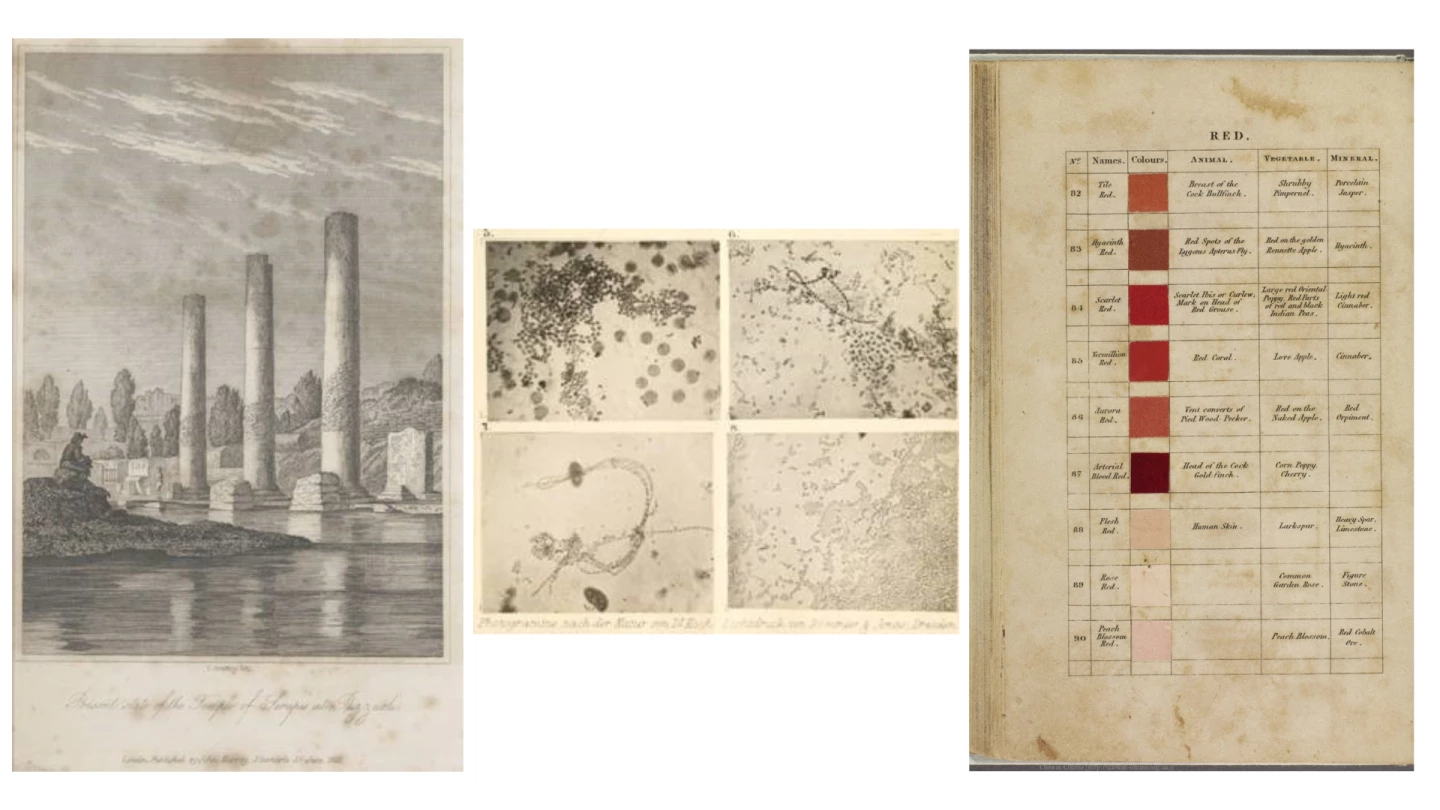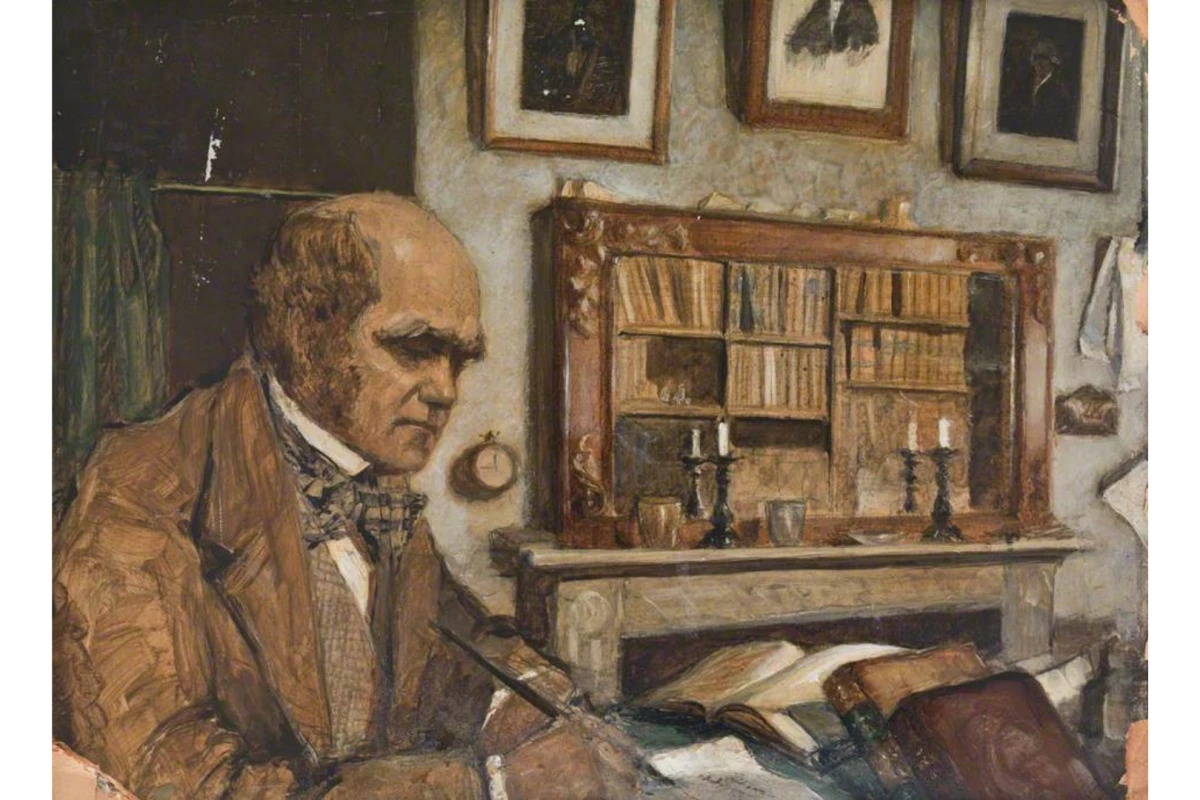For the very first time, the entire contents of the eclectic personal library of naturalist Charles Darwin has been published online, and a massive 9,300 entries come with links to the works, making them freely available to read.
In a painstakingly thorough project that's taken 18 years to piece together, lead researcher John van Wyhe from the National University of Singapore (NUS) says it single-handedly takes Darwin's library from a previously known 15% to an absolute 100%.
The completed library is detailed in a 300-page catalog, featuring 7,400 titles across 13,000 volumes, and contains a diverse mix of books, pamphlets and journals. Previously, it was thought the library of the pioneering naturalist was believed to have contained 1,480 books.
“This unprecedentedly detailed view of Darwin’s complete library allows one to appreciate more than ever that he was not an isolated figure working alone but an expert of his time building on the sophisticated science and studies and other knowledge of thousands of people," said John van Wyhe from the Department of Biological Sciences at NUS. "Indeed, the size and range of works in the library makes manifest the extraordinary extent of Darwin’s research into the work of others."
As van Whye points out in his extensive introduction to the library, it's far more than a list of titles. And while a lot of the material centers on scientific subjects, as you'd expect from the naturalist whose 1859 work On the Origin of the Species (or, for the purists, On the Origin of Species by Means of Natural Selection, or the Preservation of Favoured Races in the Struggle for Life) formed the foundation of evolutionary biology, there was also much more on Darwin's bookshelves.
"Many others are works on farming, animal breeding and behavior, geographical distribution, philosophy, psychology, religion, and other topics that interested Darwin such as history, travel and language," noted van Whye. "Most of the works are in English, but almost half are in other languages, especially German, French and Italian as well as Dutch, Danish, Spanish, Swedish and Latin. With its millions of pages and tens of thousands of illustrations this new Darwin resource is unprecedented."

As well as the new discovery of works from philosophers John Stuart Mill and Auguste Comte, there's the curiously titled paper "The hateful or Colorado grasshopper" from a 1868 edition of The American Entomologist, and a saved article from Scientific Opinion, "The anatomy of a Four-Legged Chicken."
"Tens of thousands" illustrations are also detailed in the library, detailing some of the earliest visual descriptions of the natural world.
"Despite his frequent ill health, Darwin was a voracious reader and a voracious 'orderer' of publications he heard about or saw advertised," van Whye noted in the library introduction. "His home was packed with books, runs of scientific journals, pamphlets and cuttings that he snipped out of magazines, catalogs and newspapers if there was information relevant to his scientific research."
Meanwhile, the earliest pieces of the library date back to Darwin's school days, at Shrewsbury, and include a school prize in Oliver Goldsmith's A history of England, from 1821.
After Darwin's death in 1882, the contents of his library were cataloged and preserved, but many items were lost along the way. This new complete library builds on what we knew existed, which can be found in two collections, one at the University of Cambridge and another at Down House.
Dive into the rabbit hole that is The Complete Library of Charles Darwin.
Source: National University of Singapore






